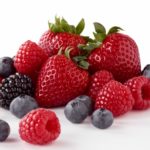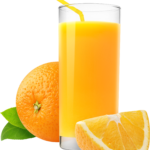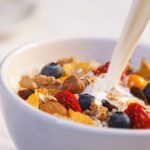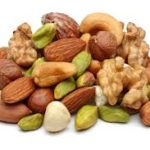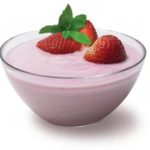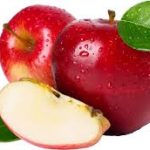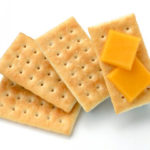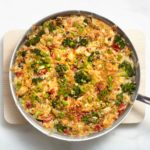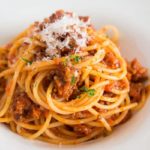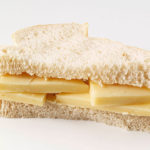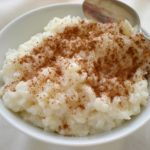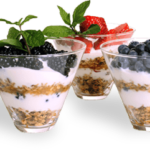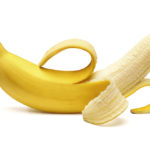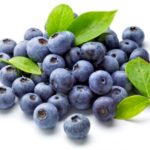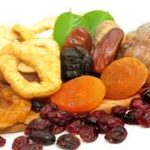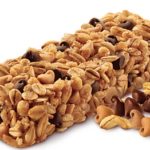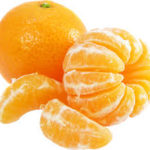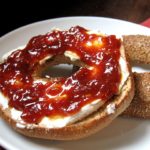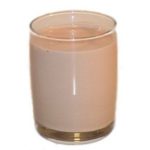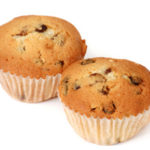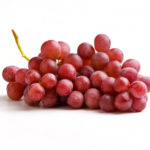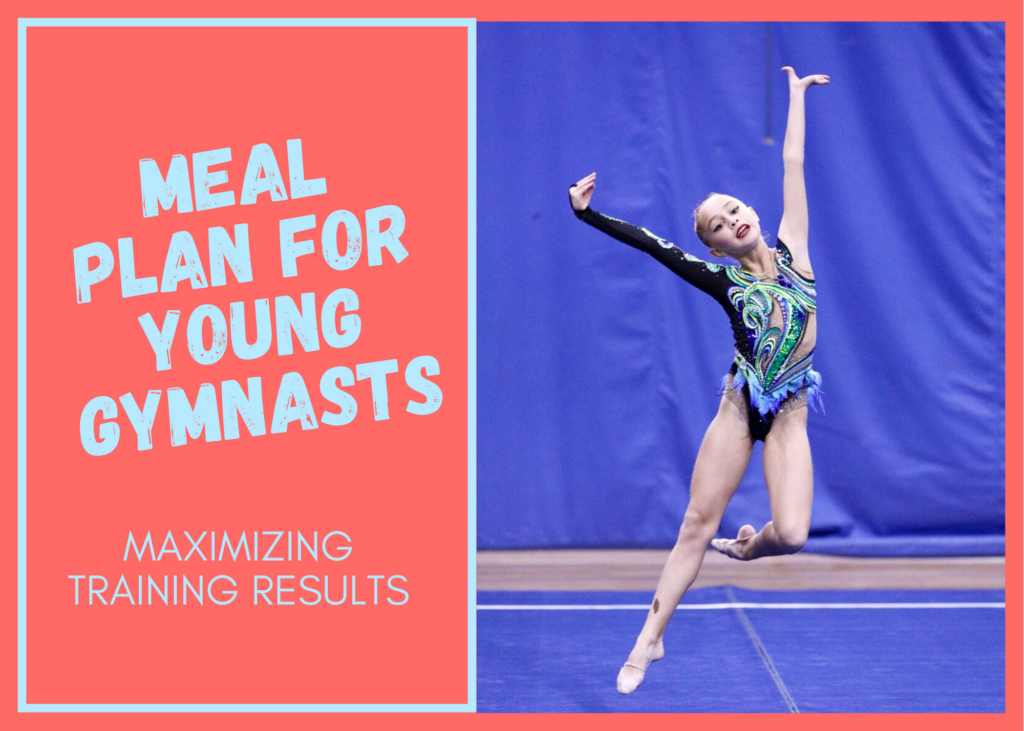
Rhythmic gymnastics is a beautiful but pretty tough sport. Gymnast’s skills involve high flexibility, balance and power that come from having developed muscles. Therefore, the ideal diet for a rhythmic gymnast is one that is balanced in carbohydrates, protein and fats and includes important vitamins and minerals. Specific amounts of the listed nutrients can vary, depending on a training schedule and a gymnast’s weight.
Parents of young gymnasts should remember that their performance directly depends on what they eat and when they eat. General rule is that small but frequent meals provide steady energy for training and recovery. To maximize training performance, gymnasts need to concentrate on carbohydrate foods before workouts, eat foods containing proteins after workouts and avoid foods high in fat, bad carbs and sugar. Because rhythmic gymnastics workout require intense burst of power, it’s important to have access to quick sources of energy.
Here, at IK GYM Miami we are very concerned about what our gymnasts eat. In order to maximize your gymnast’s performance, we offer you to try the nutrition plan that includes three main meals and snacks, concentrating on good carbs before training and offering your child proteins after workouts.
Breakfast
The first meal of the day is one of the best times for nutrients to be efficiently absorbed. Therefore, breakfast should include good carbohydrates, proteins and fats and should be served within half an hour after waking up.
Perfect solutions:
- Cereal with milk
- Banana bread muffins
- Cinnamon oatmeal
- Yogurt & granola bowl
Add ham, milk or eggs to add protein and fat to activate metabolism. And berries, a fruit or juice for vitamins and antioxidants.
Note: Fats is a part of healthy diet, but only if you educate children about what types of fats are useful for them. Trans fats, present in baked foods, fast foods, and snacks contribute to weight gain. Saturated fats in whole milk, butter, and cheese can raise cholesterol. The USDA’s guidelines recommend that Americans consume less than 10 percent of their calories from saturated fats and replace the remaining fats with healthy monounsaturated and polyunsaturated fatty acids. The best sources of healthy monounsaturated and polyunsaturated fats are vegetable oils, nuts, seeds, and fish.
Morning snack
Snacks are important part of your child’s healthy eating plan because they supply key vitamins and minerals and can keep her from feeling too hungry before the lunch break.
Perfect solutions:
- Cheese, as a good source of calcium for strong bones and teeth and protein, which helps to restrain hunger before lunch. Combine with wheat or whole-grain crackers to make the meal more nutritive.
- Nuts, as a nutritious source of protein and fiber good for everyone’s heart. Combine with yogurt to get more satisfying snack.
- Fruits or berries as a source of dietary fiber, vitamin C and potassium. Fiber fills the stomach, so your kid won’t feel hungry.
Note: for kids it’s especially important to stay properly hydrated during a day. Dehydration adversely affects the performance of an athlete. The latest recommendation for minimum water intake is to drink half your body weight in ounces per day. For example, if your daughter weighs 60 pounds, she should drink 30 ounces of water per day, which is a little less than 6 cups per day.
Lunch
It’s a very important meal that prepares your child for training. Concentrate on complex carbohydrates to make your child fed for a long time, add proteins to ensure the lasting supply of energy and vegetables for vitamin support.
Perfect solutions:
- Rice with chicken and broccoli
- Hard-wheat pasta with beef or cheese and carrots
- Quinoa with lamb and green beans
- Cuscus with tuna, tomatoes and avocado
Note: of course most of the children attend school, so parents don’t have an opportunity to serve lunch for them. This is the point where lunch boxes and thermoses play a great role for young athletes, helping them to stay fit. If you want your child grow healthy, opt for homemade food instead of school-provided pizza, macaroni & cheese, burgers and chicken nuggets. If you were busy and didn’t have time to prepare lunch for your child, it’s still better to visit the nearest grocery store in the morning before school, and to get a Caesar salad, a whole wheat bread sandwich with ham/meet, lettuce and cheese, or a potato salad for lunch.
Pre-workout snack
You should never disregard this meal as it gives energy and mood for training. To meet these requirements kids pre-workout snack should contain carbohydrates.
Perfect solutions:
- banana with yogurt
- rice pudding
- cheese sandwich
Note. This meal is necessary if the gap between lunch and training is more than 3 hours.
Post-workout snack
If the training is more than 4 hours, or lasts within 4 hours from the lunchtime, it’s important to support energy production by eating something very light and simple to digest.
Perfect solutions: fruits and berries.
Note: An apple, orange, banana or a cup of fresh berries for is a quick and easy snack that your child can take to gym. Dried fruits and vegetables are even more nutritious and well packed. In case when for any reasons you will not be able to to provide your child with something, listed above, keep a few bottles of sports drink (Gatorade and etc.) in your car’s refrigerated compartment – although sports drinks are not among perfect nutrition solutions for kids, it’s still better than nothing during the continuous exercise.
Post-workout snack
Post-workout snack is absolutely necessary for your child if you don’t have an opportunity to serve her dinner within 45 – 60 minutes after the practice. A post-workout snack must contain a high-glycemic healthy carbohydrate to open the window of opportunity for nutrient absorption to start muscle recovery.
Perfect solutions: chocolate milk, grapes, a bagel with real-fruit jelly or a muffin with raisins.
Note: The purpose of raising your child’s blood sugar level after exercise is to enhance the protein recovery later, after the dinner. Therefore, post-workout snack is a must, if you don’t have an opportunity to feed your child shortly after the classes. Therefore, if your child doesn’t have time for “real food” after the training (which may happen if you get stuck in a traffic, or the way home is simply too long), keep some energy bars near at hand that are a good mix of protein and higher carbohydrate and work as a supplement to support your athlete.
Dinner
The last, but not least, meal of the day. While pre-workout meals are based on carbohydrates, the post-workout meal should be based on proteins and useful polyunsaturated fats. Seafood is a great option to receive phosphorus, so important for muscle development.
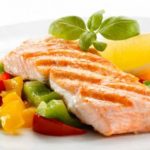
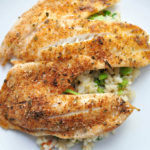
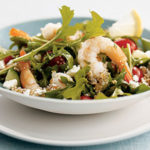
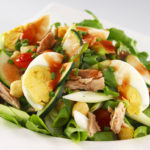
Picture 1685
Perfect solutions:
- salmon with vegetable salad
- tilapia with greens
- shrimps and avocado salad
- tuna salad with lettuce
Note: If your way back home from the gym is less than 30 minutes, you can combine dinner and post-workout snack. Just add to regular dinner milk, kefir, cottage cheese or sweet yogurt. Natural sugar from milk products will enhance protein recovery.
